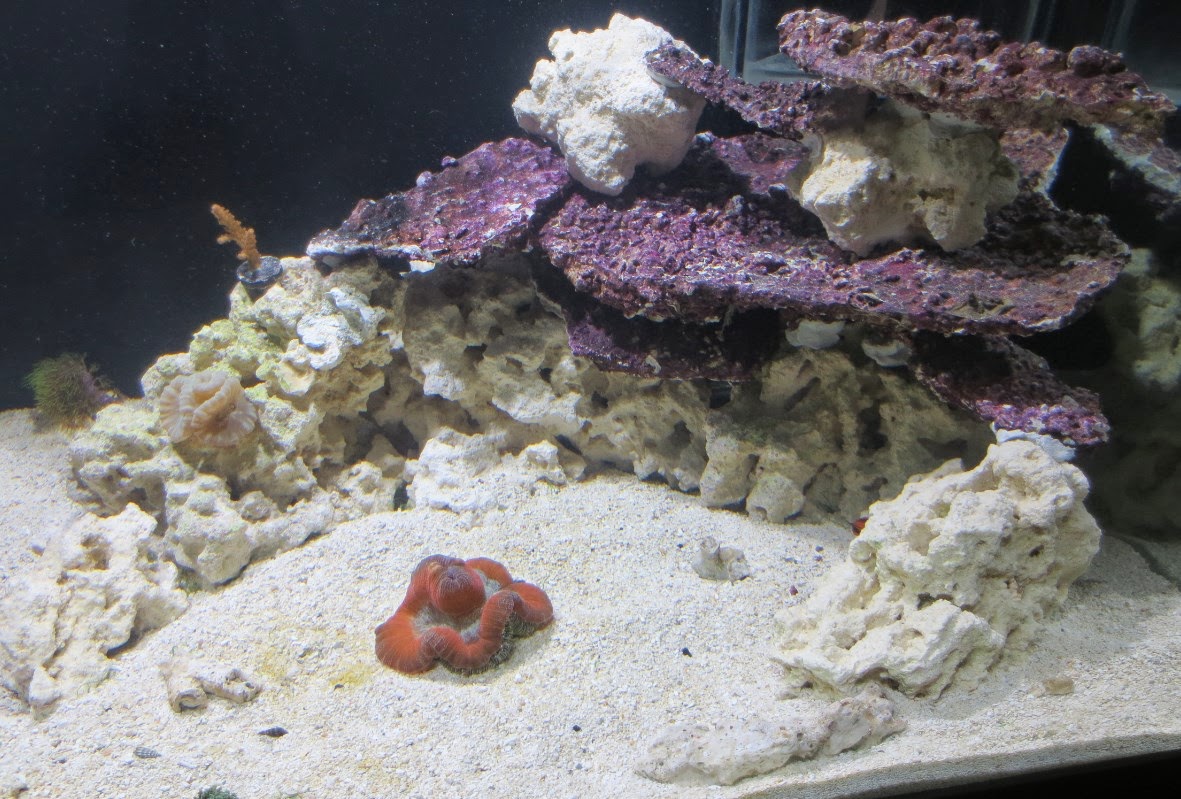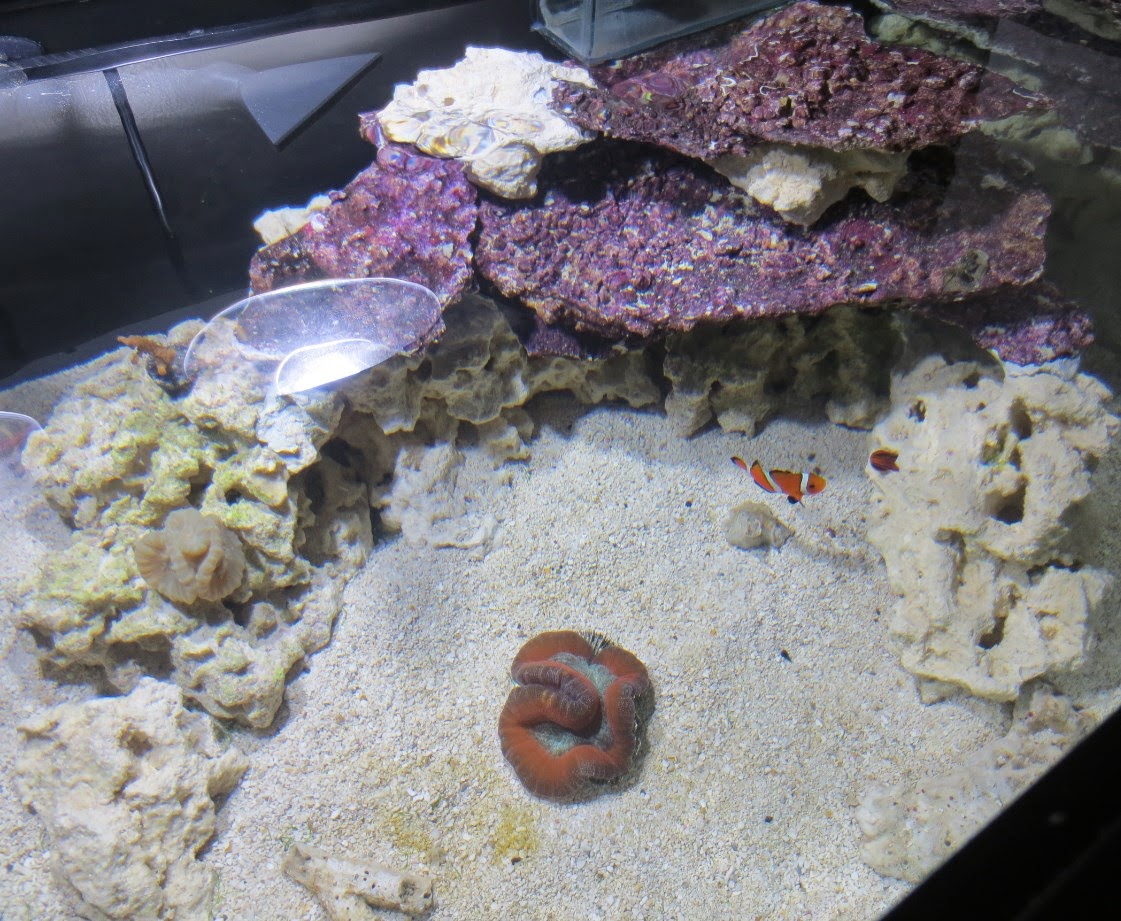Serpents of the deep.
Aggressive carnivores that swim with an eerie snake-like motion and sit with jaws agape displaying gnarly rows of teeth that are ready to latch onto any unsuspecting prey that may swim by and entice this animal’s extremely well-developed sense of smell.
Eels are among the most fascinating marine animals for many of the reasons mentioned above. However, not all saltwater eels are suitable for home
aquariums and the ones that are require specialized care.
In this article, we are going to explain how to care for eels suited for life in a marine reef aquarium as well as address some of the common myths that surround this particular family of aquarium pets.
For marine aquariums, two families of eels are represented in the hobby and regularly available for purchase. The largest is the Muraenidae family, or “Moray Eels,” which include pretty much all of the eels we have come to know: Snowflake, Green Moray and even Ribbon Eels all come from this family.
The second is very specific: “Garden Eels” come from the family Congridae and are even more demanding when kept in aquariums than their larger, more aggressive cousins. I personally have only seen two species of Garden Eels available for sale, the Spotted Garden Eel (Heteroconger hassi) and the Splendid Garden Eel (Gorgasia preclara).
Moray Eels – Family MuraenidaeThe biggest misconception with Moray Eels is that they are all extremely aggressive and will completely clean out your aquarium of other inhabitants as well as pose a risk to your fingers during feeding time.
While this is true for many of the Moray Eel species, there are a few exceptions. These “reef safe” eels primarily prey on crustaceans and have rounded, molar-like teeth that help when feeding upon hard-shelled crustaceans. You have much less risk of a serious injury if bitten and they tend to leave other fish, corals and invertebrates alone when kept fed and healthy.
Snowflake, Zebra and Chain Moray Eels are among the “pebble-toothed eels” and make for great aquarium inhabitants. The second group of Moray Eels commonly found in our hobby is “fang-toothed eels” which have precisely that: numerous sharp teeth designed to shred and tear prey apart. This group includes many of the more fascinating eel species, but they are also difficult to keep in most home aquariums.
I say this for a few reasons. First, they pose a risk to your health. If bitten by a fang-toothed eel, it is nearly impossible to remove the animal without harming and/or killing it. Even after death, their specialized jaws will stay latched on and must be manually pried off. Second, they grow quite large. They may become more aggressive or even die if they are not provided the proper living conditions for a large animal. Lastly, they will make quick work of any other fish in your aquarium and must therefore be kept in a species-only tank. That’s why, in my opinion, we should leave these animals in the sea or the capable hands of dedicated, expert aquarists willing to provide the type of environment these eels need to thrive in captive care.
Dragon Eels, Green Moray, Yellow-Head Moray, Jeweled Moray, Tessalata and Golden Moray are all considered fang-toothed eels.
HABITATEels are well-known escape artists. Many hobbyists have stories of eels flapping on the floor or getting caught in a small opening of their aquarium lid. If you’re going to keep a saltwater eel, be sure your aquarium is secure and that your lid fits tightly so the eel cannot escape.
Moray Eels can become quite large. The largest can grow to over 12 feet long!
Fortunately, pebble-toothed eels popular in our hobby do not grow that large, although many can grow to 30 inches or more. Be sure your aquarium is large enough to accommodate a full grown adult eel. Many sources claim 40 gallons is the minimum tank size suitable for these types of eels. I disagree: I recommend no smaller than 75 gallons to accommodate an adult eel. This gives you enough space to create a natural habitat for the eel plus provides a little breathing room for other tankmates.
An eel’s natural hangout is inside a hole or crevice with only its head visible, gently swaying with mouth agape. You must therefore create a habitat inside your aquarium to accommodate this natural, rhythmic behavior. Secure
aquarium rock together using
epoxy to build an aquascape that features large caves and/or crevices. You can also place 2 to 3 inch diameter PVC pipes under your
sand to make it easier for your eel to burrow. This will allow your eel to find a safe burrow in turn making the animal comfortable and more likely to thrive in your aquarium.
FEEDINGEels are carnivores are should receive a varied diet of large meaty chunks of
food. Juvenile eels have to be weaned off of live foods in order to accept dead or prepared foods. This will allow you to provide the varied diet eels need. Prepared diets are much more readily available and healthier compared to the same species of live feeder fish or shrimp, day in and day out.
It is best to use a feeding stick or
tongs to keep your fingers far away from the mouth of the eel. They have poor eyesight and it is difficult for these animals to distinguish a finger from a shrimp. This is why you hear about people getting bit by eels in their aquarium—it’s simply a case of mistaken identity!
Start by feeding the eel with the live food it is used to, only attached to a feeding stick or tongs. This will get the eel used to eating from the tongs. Then slowly switch out the live food for prepared bits of meaty food.
Here is a list of foods that are excellent for eels. Don’t be afraid to visit the seafood counter in your local grocery store! You can store cut up bits of food in your freezer. Remember, variety is always best.
SPECIAL CAREEels do not have scales. They excrete thick mucus over the entire surface of their body for protection. While this is extremely effective against parasites and infection, it makes eels very sensitive to many
aquarium medications. It is therefore best to avoid medications altogether with eels.
Although they are hardy aquarium animals, eels can fall victim to poor
water quality. If you notice an infection on your eel, more often than not poor water quality is the culprit. A series of
water changes and the use of
chemical filter media to improve water quality can quickly reverse the effects of an infection.
Keeping more than one eel in an aquarium is possible, but there are some obstacles. You need to ensure your aquarium is large enough and contains multiple burrow locations. An adult eel will become territorial over its established burrow and surrounding area. It is wise to introduce multiple eels of the same size at the same time for best results. Consider your aquascape home sweet home for your eel. Adult eels can be clumsy and inadvertently rearrange rocks and corals. This isn’t much of a problem with smaller eels, but it is something to keep in mind if you are planning on adding one to a mixed
reef aquarium.
Garden Eels – Family CongridaeGarden Eels are among the most peculiar aquarium animals because of their unique behavior. These gentle carnivores live in groups and dig burrows in soft sand beds with their tales. One burrow per eel is the norm. They rest in the burrow with half or more of their body exposed, swaying in the current like a blade of sea grass keeping a watchful eye out for both predators and prey.
They are cowardly creatures that retract into their burrow when anything comes too close—with the exception of zooplankton and fish eggs, its favorite food choices in nature. A Garden Eel spends its days waiting for the next colony of zooplankton to pass. In the evening, it completely retracts into its burrow to get some beauty rest.
With a maximum size of 12 to 16 inches, these eels are the perfect size for home aquariums. They prefer to be in groups so the general rule is three or more in any one aquarium.
HABITATGarden Eels require a deep sand bed that can accommodate its natural burrowing habits. Eight inches is generally considered the minimum based on most of the information available from experienced Garden Eel keepers. Use fine-grade sand for the majority of the sand bed. Top the fine sand bed off with a ½ inch or more of coarse sand or crushed coral in order to keep the fine sand from blowing around your tank.
For space, you will need to provide plenty of open sand bed for the eels to burrow. Since these eels prefer to be in groups, you should provide at least one square foot of sand bed per eel. This will make for a minimum tank size of about 40 gallons. While it is possible to keep them in smaller aquariums, the frequency of feedings and the large amount of food put into the tank can quickly turn this into an unsuccessful venture for
nano hobbyists.
A gentle current along the sand bed is required in order to help deliver food to your colony of eels. Garden Eels never really leave the burrow except when in search of some new real estate or when quarreling with others over the local beauty queen. By waiting patiently on the sandy bottom, these eels will prey upon zooplankton and small organisms that float by in the current. If food is out of reach from the burrow, the eel will simply let the food pass by uneaten.
FEEDINGOnce established into an aquarium, Garden Eels have been reported to accept a wide variety of prepared aquarium diets. Newly introduced or young Garden Eels will accept live brine shrimp and can easily be weaned off of this live diet by slowly mixing in prepared aquarium diets over time.
Zooplankton,
Oyster eggs, Fish eggs,
Copepods,
Mysis Shrimp and
Cyclops are all perfectly suitable foods for Garden Eels. The trick here is delivering the food in adequate amounts without fouling up your water quality.
Since they are total scaredy cats,
spot feeding is impossible. You must deliver the bits of food via a gentle current to allow the eels the opportunity to naturally pick out the food from the mild current around their burrow. This process needs to be repeated a few times a day in order for the eels to obtain enough food. This process will inadvertently lead to excessive waste in the aquarium. Plenty of
mechanical filtration and a strict
maintenance schedule are required in order to keep proper water quality and provide sufficient food.
SPECIAL CAREMost of the particular needs of these animals revolve around its specialized housing and feeding habits already discussed.
In terms of being reef safe, Garden Eels will not harm coral or
invertebrates, but keep in mind their required habitat varies dramatically from a typical reef tank full of
live rock. The easiest approach would be to keep them in a species-specific aquarium. If you’ve got the money and space for a tank large enough to house both a deep sand bed and a rocky reef for your corals, that would be OK, too.
Since Garden Eels are a timid animal, they can fall victim to larger carnivorous fish fairly easily. Big aquarium fish like
tangs and angelfish may startle and cause them to retract into their burrows. This makes it difficult for the eels to obtain enough food in an aquarium with larger, more aggressive fish. These larger fish would be best kept in another tank and only smaller, peaceful fish with your Garden Eels.
COMPATIBILITYIf you have questions or experience keeping eels in your saltwater aquarium, please share your thoughts in the comments below.
References:







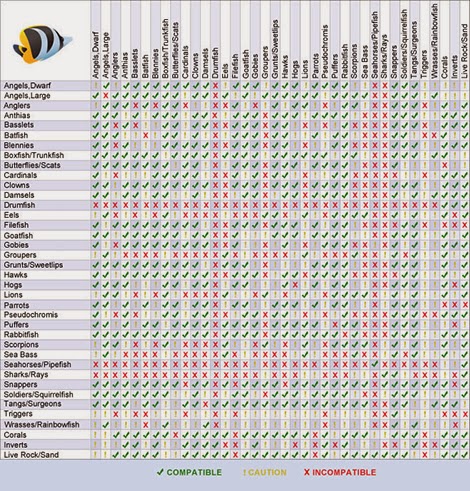





























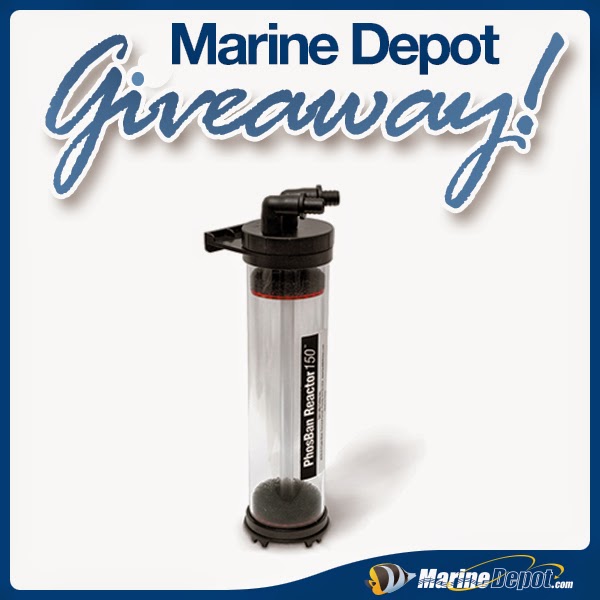




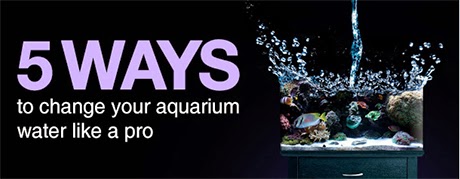





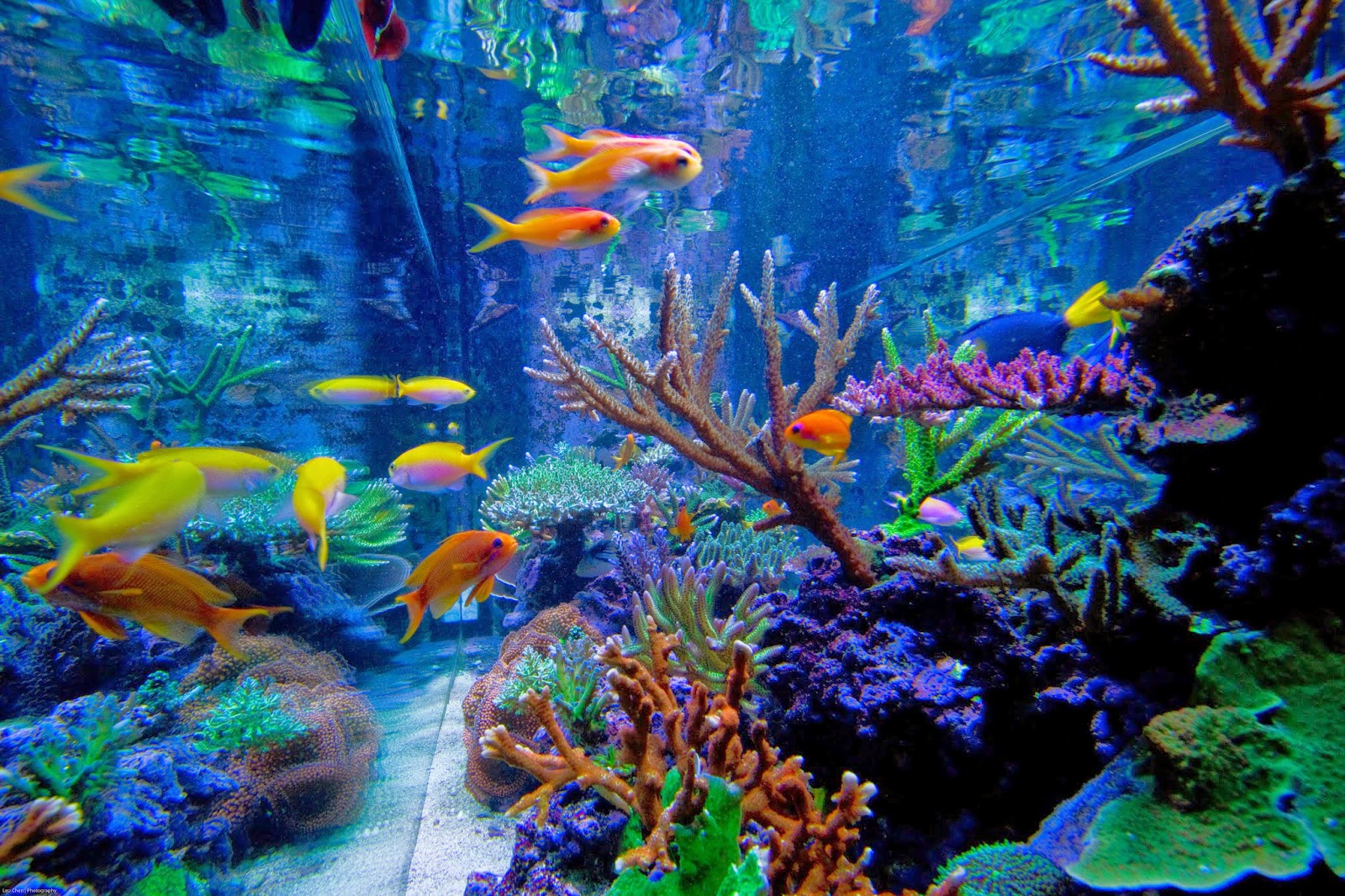.jpg)





















-System-Water-Level-Controller-99.jpg)



























